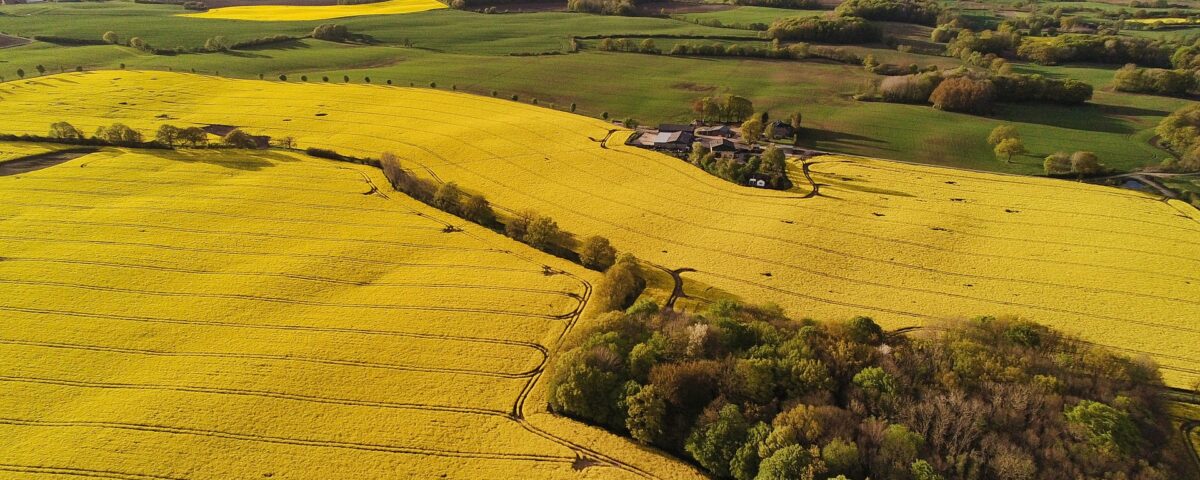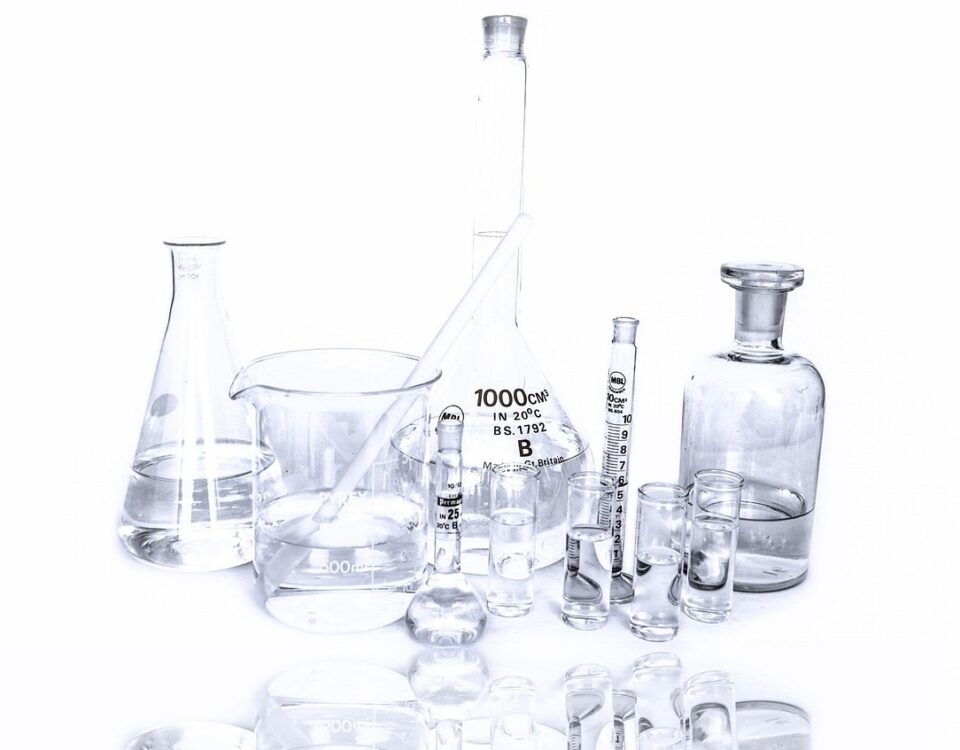
EUROPE – COM: Update of the list of obsolete guidance documents
23 May 2024
FRANCE: Withdrawal of triflusulfuron-methyl and spirotetramat-based products
27 May 2024The Ecophyto 2030 strategy was made public on May 6, 2024.
This strategy follows the various Ecophyto plans implemented since 2008. It is France’s roadmap to meet the objectives of European Directive 2009/128/EC on the sustainable use of pesticides.
The Ecophyto 2030 strategy includes 5 workstreams:
- Accelerate the search for alternatives to offset the expected reduction in the number of authorised active substances;
- Accelerate the deployment of agroecological solutions on all farms;
- Better understand and reduce the risks to health and the environment from the use of plant protection products;
- Research, innovation and training;
- Territorialization, governance and evaluation.
The main points concerning the regulation of PPPs are found in workstream 1, in particular in the measures aiming at “strengthening and adapting the European framework for risk assessment and marketing authorisation”:
- Adaptation of evaluation methods to the specificities of low-risk substances used in biocontrol, such as pheromones, and more broadly proposal of a definition and a specific approval framework for these substances
- Development of the use by Member States of comparative assessment studies of substances and search for convergence on the implementation of the conclusions of these studies
- Work on harmonisation of the marketing authorisation regimes for active substances and PPPs within the framework of the next European mandate
In order to speed up the marketing of biocontrol products, ANSES has already implemented a prioritisation of the processing of demands for biocontrol products. The association of a committee of specialised experts “Biocontrol substances and plant protection products” with a long-term “Macroorganisms useful to plants” working group, which evaluate the conclusions of each evaluation, permit to reduce processing times. To reinforce this dynamic, the French authorities will make proposals to the European Commission to set up a “fast track” for low-risk substances, including microorganisms. Furthermore, it will be a matter of better identifying biocontrol substances at European level, from the start of the approval process, in order to allow the Commission to reduce the approval time.
Other measures also aim to “continue innovation and strengthen the dissemination of biocontrol solutions and natural preparations of low concern (PNPP)” and to “deploy the comparative analysis approach with a view to the substitution provided for by the European framework ”
The objective to halve the use of PPPs by 2030 compared to the 2011-2013 three-year average is maintained (work stream 5 of the strategy) while respecting the principle “no ban without solution”. The European harmonised risk indicator (HRI1), defined in Commission Directive (EU) 2019/782, will however replace the NODU indicator used until now. This European indicator weights the use of active substances (tonnages) by distributing them into 4 categories based on their hazard statements (for health and for the environment). It makes it possible to take greater account of the notion of risk linked to the use of plant protection products and will also allow comparison at the European level.
To download (in French):
Écophyto 2030 Strategy | Ministry of Agriculture and Food Sovereignty
See also our previous articles:
Lynxee consulting’s team is at your disposal to answer your questions.
Contact us! http://lynxee.consulting/en/contact/


